Censorship and Disinformation (Olavo de Carvalho)
Censorship and Disinformation
How many reports have you read in the press or seen on television over the past twenty years about leftists killed by the military governments? How many about the homicides committed by leftist organizations? How many about the communist revolution already well underway in March of 1964, which a timely reaction managed to abort? Simply answer these questions with accurate data, and you'll have a good idea of what information suppression looks like.
Yes, the control the left exerts over the media in Brazil can no longer be called “patrolling,” because patrolling implies watching over free individuals. The few liberals and conservatives still remaining in our press are prisoners. They are not under the surveillance of "patrols." They are under the guard of wardens. They can still move, but their space is tightly controlled so as not to exceed a minimal boundary — precisely calculated to maintain an illusion of democracy. And they must restrict themselves to select areas, especially the editorial pages and economic commentary, read only by an elite. The news section — which reaches the masses — is off-limits.
The selection is extremely clever: right-wingers may have "opinions"; the selection of "facts" is reserved for the left.
So complete and unchallenged is the dominance exercised by the left that it can, with utter nonchalance, shift from selection to outright invention — without the slightest pang of conscience or fear of being exposed.
The other day, I heard on a television program posing as a historical reenactment the claim that during the military regime, the censorship office postponed the airing of the soap opera Sangue do Meu Sangue (Blood of My Blood) because it dealt with the abolitionist struggle.
This was said outright — bold-faced, with astonishing nerve.
But the flood of macabre legends that passes for “History” of that period is so overwhelming, the solemn tone with which respected professors repeat these fables is so convincing, and above all, the silence of those who know the truth is so total and deep, that it’s quite possible the public — reduced to helpless credulity by this media onslaught — might indeed come to believe that the military of 1964, besides being murderers, sadists, torturers, thieves, and sellouts to imperialism, were also slaveholders.
Every day, ten or twenty such messages are inserted into the programming of various TV channels. “Inserted” is the word. They’re always brief remarks, seemingly casual, slipped into the middle of a conversation on a different subject — not to capture the viewer’s attention, but precisely to bypass it. Their aim is not to foster conscious learning, but to instill unconscious habits. They don’t enter the viewer’s knowledge base; they embed themselves into his reflexive reactions — which, for that very reason, he ends up perceiving as his most “free” and spontaneous thoughts.
No less perverse than total concealment or veiled suggestion is pseudo-disclosure — reporting a fact in such a way that it deliberately avoids drawing attention. Take this news item, for example. It should, under normal circumstances, have sparked public debate and further investigation. Instead, it was published in a tucked-away corner of the page, as if to close the matter once and for all:
“Cuba trained 202 Brazilians, says Army.”
Mário Magalhães
Between 1965 and 1971, the Cuban government provided guerrilla training to at least 202 Brazilian leftist militants.
They attended courses — ranging from three months to a year — in rural and urban guerrilla warfare, photography, journalism, first aid, intelligence, revolutionary theory, and explosives.
In a standard six-month program, classes included how to make homemade bombs, weapons handling, sabotage, camouflage, and other techniques for clandestine action in both urban and rural environments.
Upon returning to Brazil, the militants received a kit from the Cubans containing US$1,000, clothing, and instructions for contacting comrades back home. There were ten main military instructors involved in the training.
This information comes from a document titled Courses Held in Cuba, a confidential dossier distributed to political repression agencies by the 1st Army Command on November 21, 1972. The 107-page album was found by the Folha de S.Paulo in the Public Archives of the State of Rio de Janeiro.
The apparent sources are statements made by guerrilla fighters after being arrested in Brazil — there is no mention of torture, which was widespread at the time — and accounts from infiltrated agents who themselves attended the Cuban “school.”
According to the Army, an additional 43 Brazilians may have received military training from Fidel Castro’s communist government during the same period (1965–1971).
The goal was to prepare them for armed struggle against Brazil’s military regime (1964–1985). It didn’t succeed.
Among the individuals listed by the Army are at least three who later became elected officials: federal deputies José Dirceu (PT-SP) and Fernando Gabeira (PV-RJ), and Rio de Janeiro state legislator Carlos Minc (PT).
Dirceu was a member of MOLIPO (Popular Liberation Movement); Gabeira of MR-8 (October 8th Revolutionary Movement); and Minc of VAR-Palmares (Palmares Revolutionary Armed Vanguard) and VPR (Popular Revolutionary Vanguard).
Today, all three are regarded as “moderates” by the more radical sectors of the left.
The November 1972 dossier is the most extensive and detailed document known to date about Cuban training of Brazilian militants.
Guerrilla organizations themselves had only fragmented knowledge, not a full picture, which is why survivors estimate the total number of trainees between 200 and 300. China and Eastern European countries also reportedly trained Brazilians during this time.
For its part, the Cuban government — if it does maintain archives on the training of foreign militants for armed activities abroad — continues to keep them secret. The Cuban Embassy in Brasília did not respond to the Folha’s questionnaire on the matter.
For now, the most detailed documentary sources on this little-known chapter in one of the most turbulent periods in Brazilian republican history come from the very agencies that fought the guerrillas trained in Cuba.
A newspaper protects its image of impartiality while decisively ensuring that only one side’s voice is heard. Why is it that Operation Condor, once unearthed from the archives, sparks a national scandal, while the subsequent news about Cuban interference that helped trigger it is quietly published, without commentary, and completely ignored by TV programs, intellectual circles, and even the government?
The answer is simple: after forty uninterrupted years of “grassroots work” in newsrooms, without encountering the slightest resistance, communists have managed to impose their ideological criteria as if they were the only standard of sound journalism — indeed, as if no alternative standard could possibly exist. Today, thousands of journalists who are not at all communist would readily endorse the following statement: “The mission of the press is to undermine existing institutions through criticism.” They would do so unaware that the phrase is Karl Marx’s — not a recipe for journalism, but for communist revolution.
The most remarkable trait of contemporary Brazilian journalism is the progressive replacement of information with systematic disinformation.
The term disinformation first appeared in Russian: dezinformatsiya. It is a technical term conceived by the Comintern — the command center of the international communist movement — to designate the systematic use of false information as a means of destabilizing political regimes.
The central objective of disinformation is to completely discredit existing institutions, inducing the public to transfer their trust — usually placed in the state, the law, and traditional customs — to the very agents of disinformation. The process is well known and has been described in numerous books, including the classic La Subversion by Roger Mucchielli (Paris, Bordas, 1971), and Vladimir Volkoff’s Treatise on Disinformation (originally published in French by Éditions du Rocher, though I only have the Romanian translation in hand: Tratat de Dezinformare: De la Calul Troian la Internet, trans. Mihnea Columbeanu, Bucharest, Antet, undated).
The Petit Robert dictionary defines disinformation as “the use of information techniques, especially mass media, to deceive, obscure, or distort facts.” To disinform, according to the same dictionary, is “to inform in a way that conceals certain facts or falsifies them.” But the word didn’t appear in Western languages until 1972, when the Chambers Twentieth Century Dictionary, published in London, translated dezinformatsiya as “deliberate leakage of misleading information.”
Dezinformatsiya didn’t arise suddenly — it has millennia-old precedents. Sun Tzu already observed: “All warfare is based on deception.” What makes modern disinformation a uniquely 20th-century phenomenon are these specific features:
1. It is employed not only as an instrument of war between states but especially by revolutionary forces acting within their own countries, either independently or in service to foreign states.
2. For many modern states — as well as for today’s international powers imposing a so-called “New World Order” — fomenting revolutions in other countries has become a regular operating procedure, even in peacetime. The trend began with the French royal house aiding the American Revolution to weaken England, unaware that this act would bring disaster upon itself. England learned from the experience and, throughout the 19th century, encouraged revolutions in the Americas to undermine its Iberian rivals. The United States stirred up revolutions in Mexico to seize Texas and California. Up to that point, the use of such tactics was sporadic. The Russian Revolution marked the emergence of the first state whose central mission was to foment revolutions abroad: every “war of liberation” resulted in the USSR’s colonial expansion. Nazi Germany attempted to mimic this strategy for a time, with limited success. After the USSR’s collapse, China and Cuba remained the final state sponsors of communist revolutions, while the spread of revolution — now rebranded as “social movements” — was embraced by major international organizations as a fundamental method of expanding and consolidating their control over Third World nations.
3. From a supporting tool for physical attacks, information became the primary battlefield and chief weapon in modern warfare.
All of this has made dezinformatsiya a widely used and enduring weapon — especially after the USSR, for the first time in the history of imperialism, expanded primarily through revolutionary agitation rather than military deployment. Nearly every “liberation war” of the 20th century ended in the establishment of another Soviet satellite.
Nevertheless, the existence of a free press ensured that, in Western democracies, many media outlets retained their independence — not only from their own governments but also from international forces seeking to manipulate them. Thus, a radical distinction between professional journalism and dezinformatsiya-driven, combat-style journalism remains broadly visible in the major newspapers of the United States and Europe.
What makes the Brazilian case unique is the total erasure of that distinction and the widespread adoption of dezinformatsiya in place of journalism's legitimate procedures. This transformation has been so sweeping and overwhelming that most journalists today have no idea what normal journalism even is. While openly practicing dezinformatsiya, they believe they are engaging in the only kind — and the best kind — of journalism possible.
Only a small leadership elite is fully aware that they are not informing the public, but manipulating it to be used in a war operation. In the newsrooms, the majority of professionals don’t even have a theoretical awareness of this distinction.
As a result, more than ever, only those citizens who take the initiative to personally seek out information at its sources — now more accessible thanks to the internet — manage to access accurate information. Is there any form of censorship more insidious than the kind that succeeds in suppressing news of its very existence? There is. It’s the kind that continues to do so even after the censored news has become part of history. It’s the kind that blocks access not only to the present, but to the past.
But the prohibition of the past, in turn, is the most important piece of news — itself suppressed — about life in the present. That is why the Ternuma website, by revealing the forbidden past, sheds even more light on the present.
0



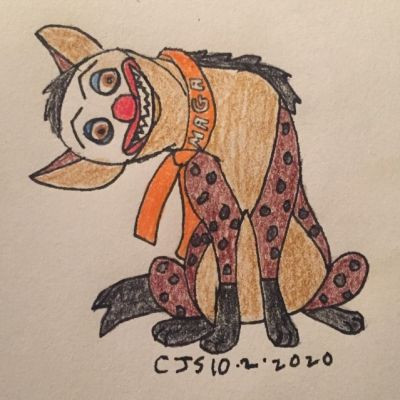 AgentofSocialMediaChaos
AgentofSocialMediaChaos
 Life_N_Times_of_Shane_T_Hanson
Life_N_Times_of_Shane_T_Hanson



 GeraldCelente
GeraldCelente
 Ozmosis
Ozmosis
 Styxhexenhammer666
Styxhexenhammer666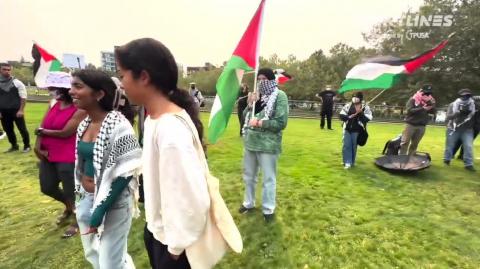
 Sant77
Sant77
 MikePompeoFanboy
MikePompeoFanboy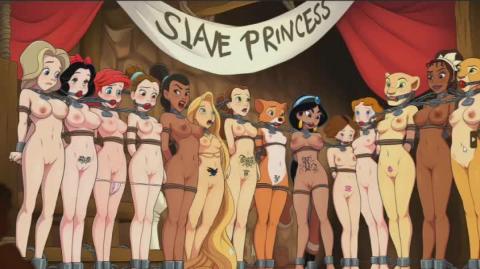

 TheQuartering
TheQuartering

 Jelme
Jelme

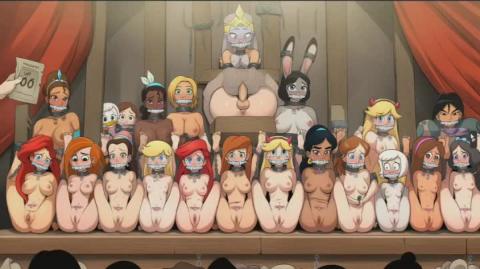


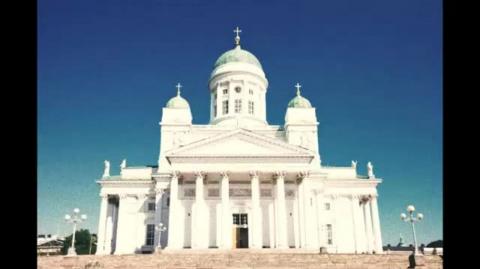


Log in to comment